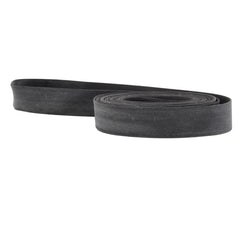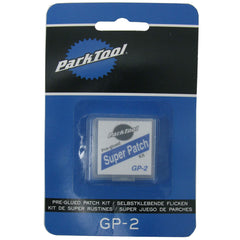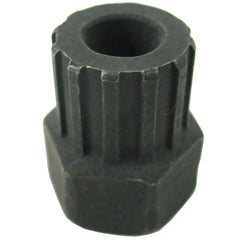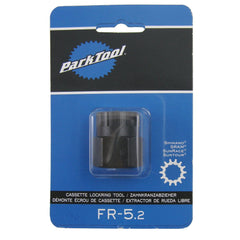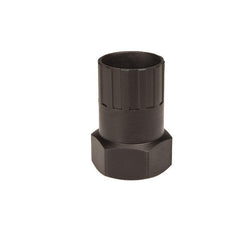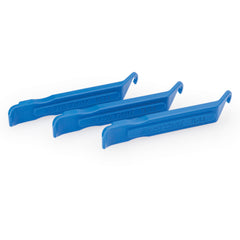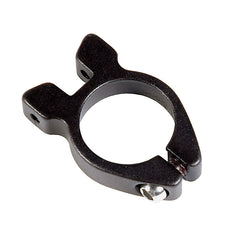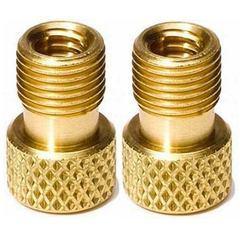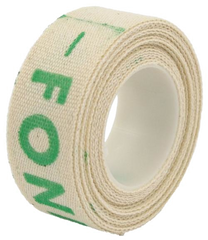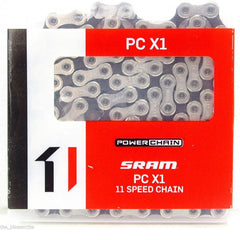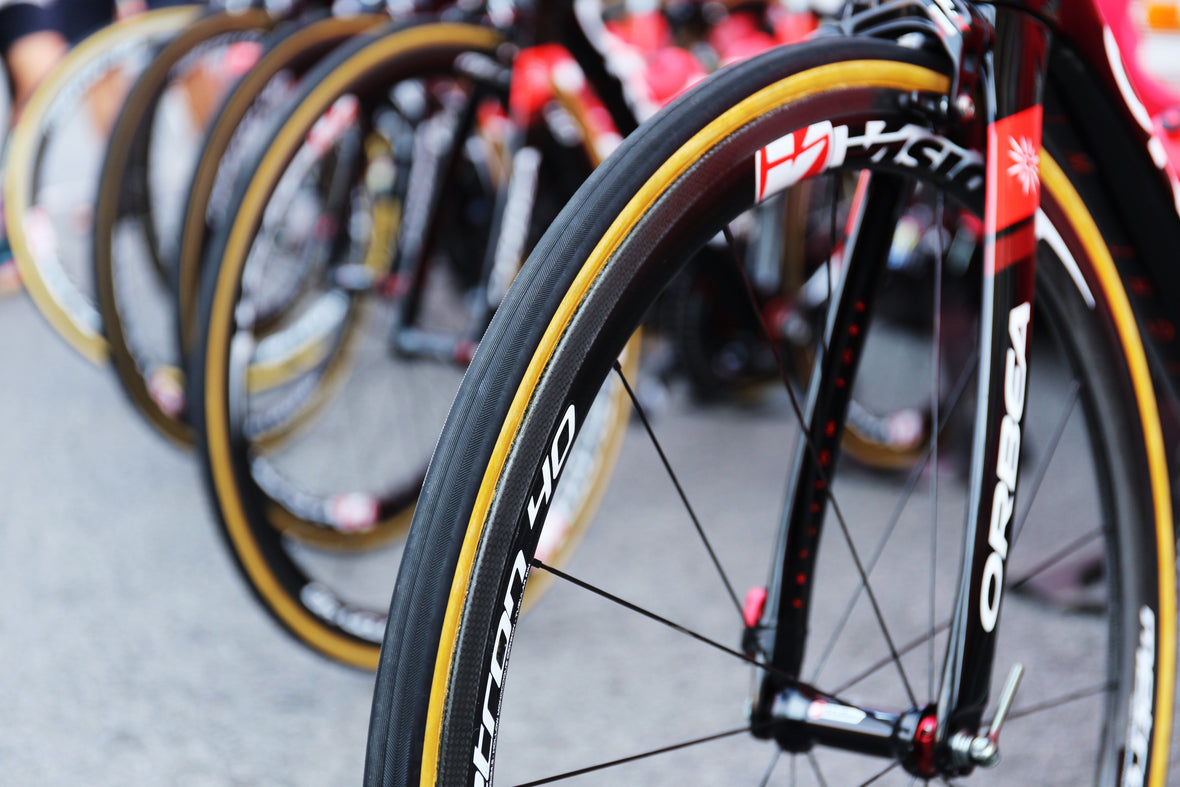
The Complete Guide to Tire Inflation
Tyler Klein

Your bicycle tires are your connection to the road so it’s important to have them in proper working order. Much like the proper position fit on a bike, there is a textbook answer and then there is the personal preference answer about prime tire inflation. On almost all tires, there will be a guide on the sidewall of the tire to indicate the maximum and minimum pressure ranges. What to ride it based on use and conditions. Check out our Inflation Guide to see what to run your tires at.
Road Bike: Most tube-type clincher tires range from 85-110 for road bikes, while tubular tires can put up to around 150-200 PSI. If you are riding on smooth pavement, the higher end of pressure will be better for you. The smooth surface provides less rolling resistance and will thus equate to a faster speed. If it’s wet or even if cold outside, many riders like a lower pressure as the tires are more grippy. A lot of riders say that lower pressure on wet roads feels as if the roads are not wet at all, and this can also prevent hydroplaning, which is when you slide uncontrollably on the wet surface of a road. Most pro racers will use a tubular tire as it is lighter and will run higher pressure than tube-type tires, but tubular tires do lose air much faster than a regular tube type clincher tire so you will need to inflate a tubular more often. I pump my tires up to around 110-115. I don't like going much higher because then my ride becomes too bouncy and is not comfortable. Check out this video that shows where pro racers like their tires at.

Hybrid Bike: For hybrid tires, the range is usually between 60-85 PSI. You can change this depending on the conditions of what you are riding on. For smooth pavement you want the max pressure your tires will allow. If you’re riding on crushed gravel or woodchips, I recommend pressure to be a bit (5-10 PSI) lower. Having the pressure lower will give you better comfort and traction when going on the less smooth surface.

Mountain Bike: Many mountain bike tires recommend 35-65 PSI. If you're riding trails with not a ton of undulation, a higher pressure will be better. With more extreme terrain to navigate, I recommend that you go with the lower end of the MTB tire pressure range as you will have more grip. This is important when trying to go through technical courses and routes as it will provide you with more traction and security. A lot of riders pump up their tires to higher pressure for when they’re going to the trail and once they’re there, they release pressure for a more grippy ride.
Unicycle: Really??

Fat Bike: Fat tires often are the most sensitive tire for being so large. A few PSIs will make a noticeable riding difference. The maximum PSI for most fat tires is around 30 but seldom do fat-tire riders ever ride at this pressure. Many riders enjoy the lower pressures: 5-10 PSI for soft riding conditions, 11-20 for trail riding and 20-max for road riding conditions. Fat tire bikes do not have the best rolling resistance as it is, so do yourself a favor and put it up to max when riding on the roads – unless of course, you like a very good workout.

Gravel Road: Gravel road racing/riding is gaining popularity as a nitty-gritty way to enjoy cycling. As surprising as it may seem, riding at a low PSI such as 30 compared to 50-70 will provide less rolling resistance according to Lennard Zinn from VeloNews. Zinn argues that many riders go as low as 15 PSI for muddy conditions and around 30 for better conditions. A lot of road racers going to gravel will have a hard time putting it down that low, but it will overall be more effective.
Cyclocross: Cyclocross racing is similar to gravel in the sense that you want the pressure to be on the lower end of the range. Having lower pressure in your tires will give you much better traction on the typically muddy course. Contrary to common belief, there is a growing amount of research that shows lower pressure in a cross tire will provide for a better rolling resistance than having it at a higher pressure. This comes from the tires being able to absorb the small bumps rather than transferring them to your bike and body which will slow you down. I would recommend that you start with 30PSI and take a lap before the race to see what the conditions are like. If it's muddy I would recommend going down to around 25 PSI and if it's hard-packed, I would say around 30. Make sure to not go too low so as not to damage the rims.
How Often Should I Inflate My Tires?
A great rule of thumb is to check and inflate as needed every two weeks. Thinner tires like road bike tires can lose up to 10PSI a day so make sure to check and inflate them more often than wider tires. Having a pump with a gauge is a great investment as it will tell you exactly what PSI you are at.
What Will Happen from Tire Underinflation?
Pinch Flats
Having too low of pressure can cause a “pinch flat” where the tire crushes down on the tube and causes a flat from the compression. It’s crucial to inflate your tires before each ride to get better bike MPG (the harder the tire, the less rolling resistance) and to protect against getting flats. A good way to know if your flat was a pinch flat is to look at the puncture holes. If you see two holes close to each other, much like a snake bite, you’ll know that you need to run your tires at a higher PSI.
Sidewall Damage
Another problem that comes with having tires too low is sidewall cracking. This causes damage to the tires. When a tire is consistently ridden at a pressure that is too low for the tire, cracks in the sidewall start to develop due to the tire folding on itself and this drastically reduces the life of your tire. A good rule of thumb is to check for the tread wear on the tire and the sidewall cracks when looking to replace.
What products should I use?
Pump with Gauge
Having a good quality pump will save you so much time and trouble. Check out our pump selection here, for the best pumps to keep your tires inflated.
Portable Pump
Being on the road when a flat strikes can mean big trouble if you don' have the proper means to inflate your tires. Check out our portable pumps here.
CO2
Having CO2 compared to a pump can be a lot handier as they are smaller and are much less weight. Check out our CO2 here.
